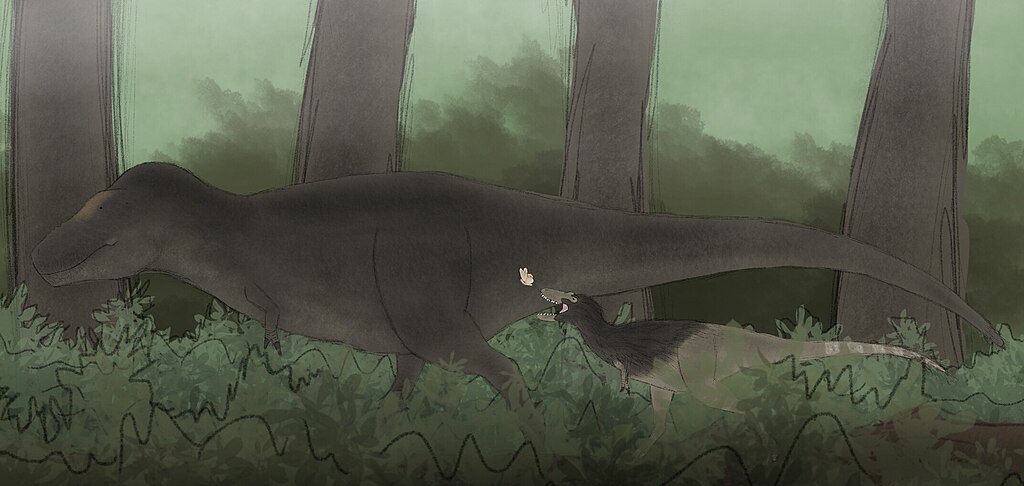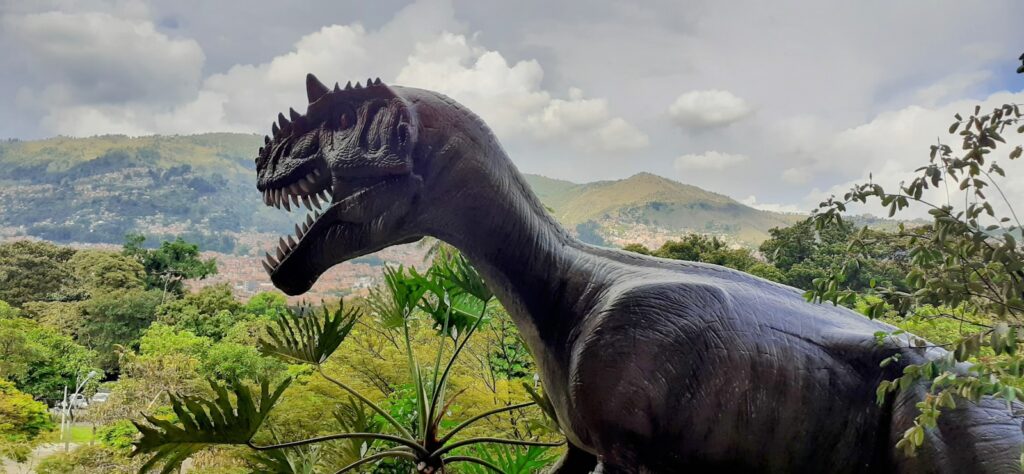Picture this: a world where continents hadn’t yet drifted apart, where vast interconnected landscapes stretched endlessly across a single supercontinent. This was Earth during the age of dinosaurs, a time when our planet looked completely different from today. For over 165 million years, these magnificent creatures ruled a united Earth, adapting to environments that would seem alien to us now. From steamy tropical forests to arid deserts, from shallow seas to towering mountain ranges, dinosaurs conquered every corner of their world with remarkable success.
The Supercontinent That Shaped Prehistoric Life
During the Mesozoic Era, Earth’s landmasses formed a massive supercontinent called Pangaea, which began breaking apart around 200 million years ago. This geological configuration created unique climate patterns and environments that directly influenced dinosaur evolution and distribution. The interior of Pangaea experienced extreme continental climates, with scorching summers and harsh winters that pushed dinosaurs to develop incredible adaptations.
As Pangaea slowly fragmented into Laurasia and Gondwana, new ocean currents formed, dramatically altering global weather patterns. These changes created isolated pockets of different climates, leading to the evolution of distinct dinosaur species on separate continents. The geological upheaval also created new mountain ranges and rift valleys, providing diverse habitats that encouraged evolutionary innovation.
Tropical Paradise: The Lush Forests of the Jurassic
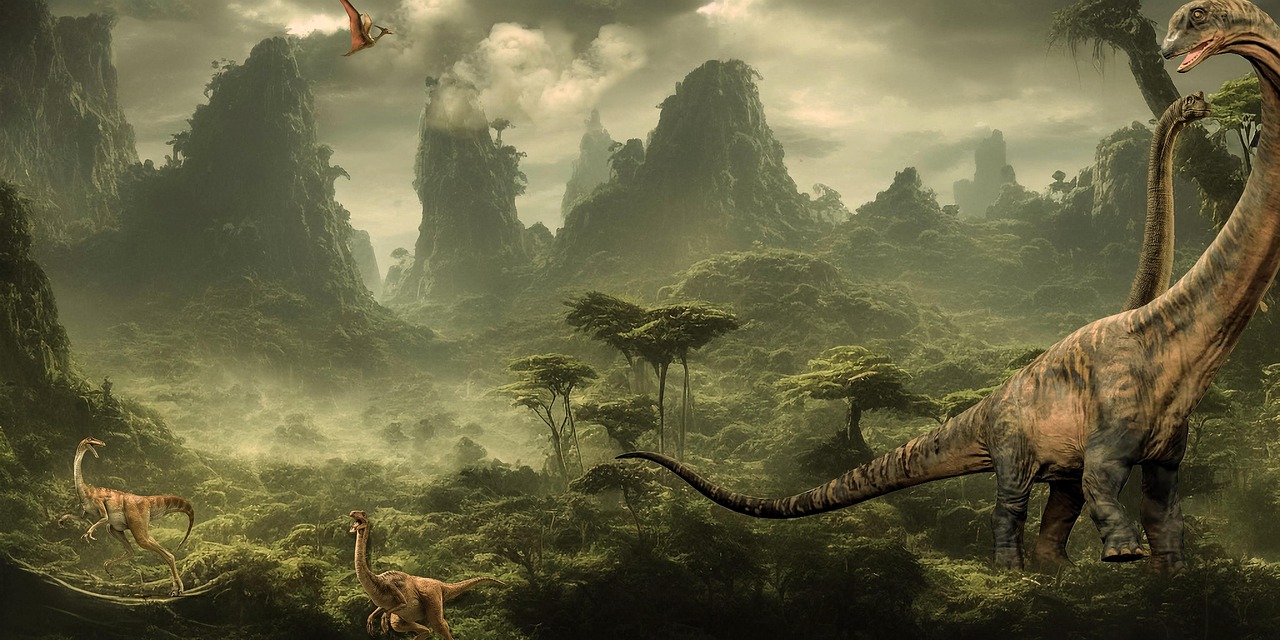
The Jurassic period painted Earth in shades of green that modern rainforests can barely match. Towering conifers, cycads, and ferns created dense canopies that filtered sunlight into dappled patterns across the forest floor. These prehistoric jungles were like living cathedrals, with some trees reaching heights of over 200 feet, creating multiple layers of habitat for different dinosaur species.
Sauropods like Brachiosaurus and Diplodocus thrived in these environments, their long necks allowing them to browse on the highest branches while smaller dinosaurs scurried below. The constant humidity and warmth created perfect conditions for plant growth, supporting massive herbivore populations that, in turn, sustained fearsome predators like Allosaurus.
Desert Wanderers: Life in Prehistoric Arid Lands
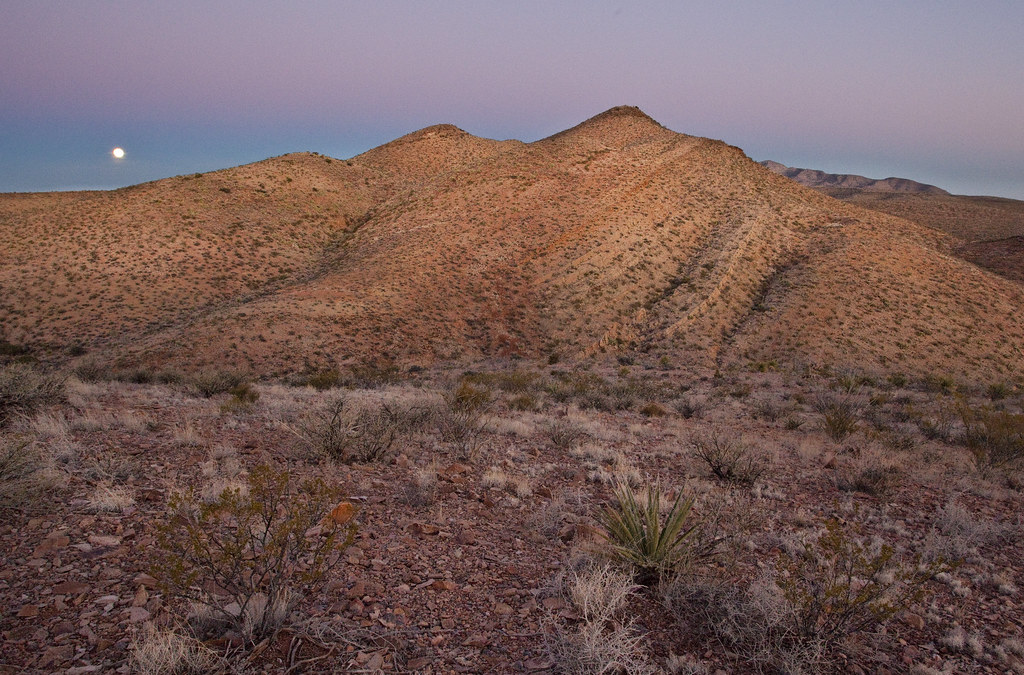
Not all dinosaur habitats were lush and green. Vast desert regions covered significant portions of the supercontinent, creating harsh environments that demanded remarkable adaptations. These arid landscapes weren’t barren wastelands but rather unique ecosystems where specialized dinosaurs evolved to thrive in extreme conditions.
Dinosaurs like Coelophysis developed lean, efficient body types that conserved water and energy in the scorching heat. Sand dunes, rocky outcrops, and occasional oases created a patchwork of microhabitats where different species could find their niche. The discovery of dinosaur fossils in ancient sand dune deposits reveals how these creatures navigated and survived in environments that would challenge even modern desert animals.
Coastal Kingdoms: Where Land Met Ancient Seas
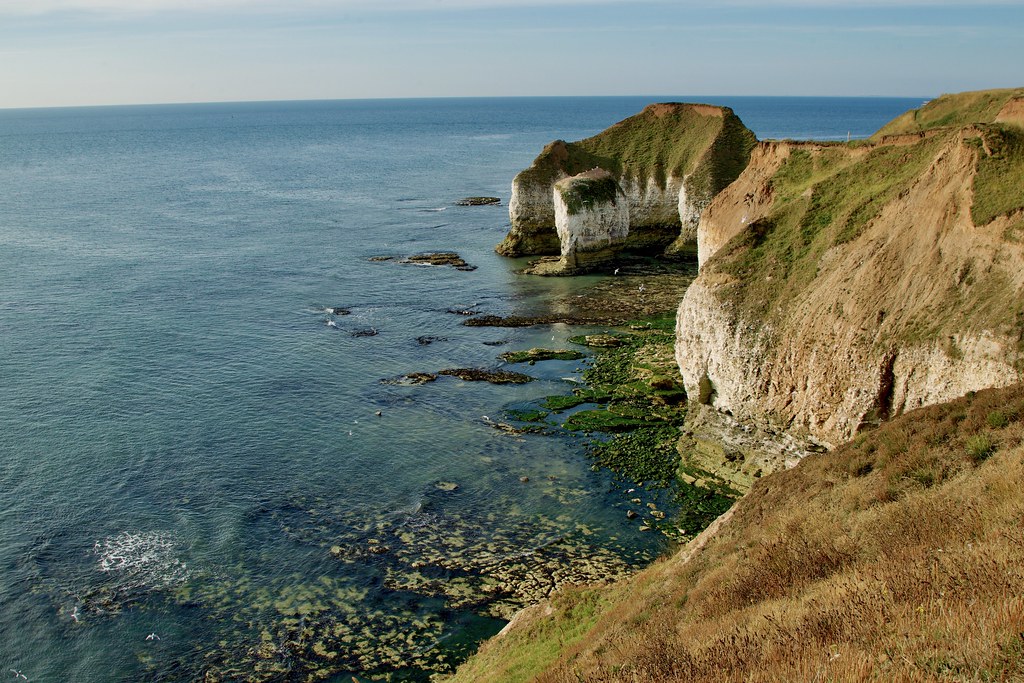
The coastlines of the Mesozoic world were dynamic environments where terrestrial and marine ecosystems intersected in fascinating ways. Shallow seas and lagoons created rich feeding grounds for both dinosaurs and marine reptiles, while mudflats and beaches provided nesting sites for various species. These coastal habitats were among the most productive environments on prehistoric Earth.
Dinosaurs like Spinosaurus adapted to semi-aquatic lifestyles, wading through shallow waters to catch fish and other marine prey. The constant interaction between land and sea created complex food webs that supported incredible biodiversity. Fossil evidence shows that many dinosaur species relied heavily on coastal resources, making these habitats crucial for understanding prehistoric ecology.
Mountain Fortresses: High-Altitude Dinosaur Communities
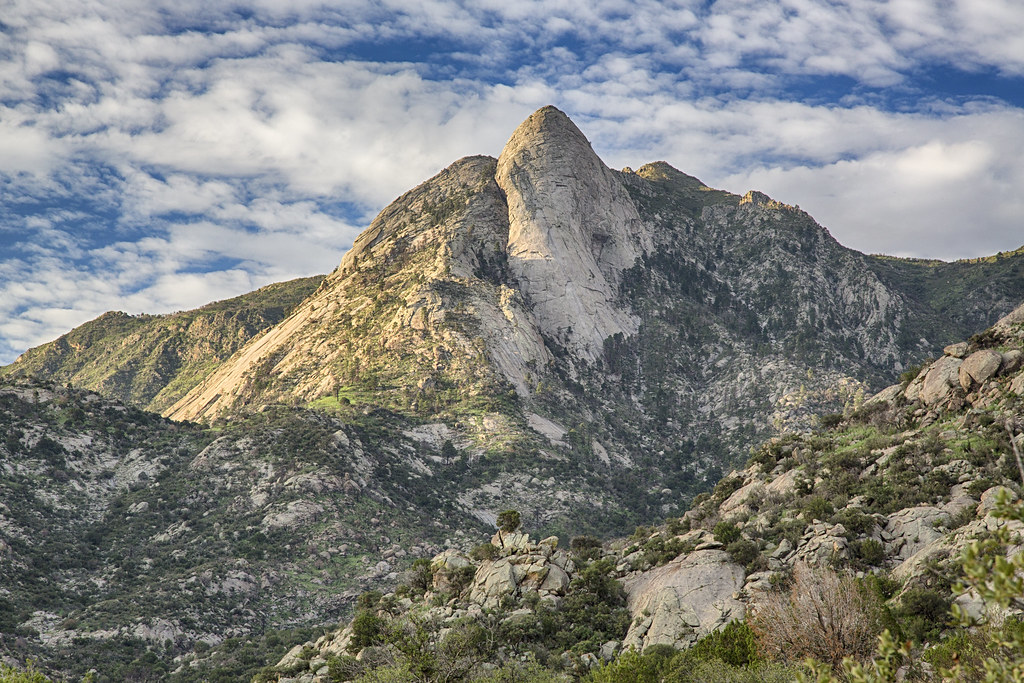
The formation of mountain ranges during the Mesozoic Era created elevated habitats that challenged dinosaurs to adapt to thinner air, colder temperatures, and rugged terrain. These high-altitude environments were like prehistoric testing grounds where only the most adaptable species could survive and thrive.
Smaller, more agile dinosaurs dominated these mountainous regions, developing enhanced cardiovascular systems and thick insulation to cope with the harsh conditions. The vertical nature of mountain habitats created distinct ecological zones, from temperate forests at lower elevations to alpine conditions near the peaks. These environments fostered unique evolutionary pressures that led to some of the most specialized dinosaur adaptations.
Wetland Wonders: Swamps and River Systems
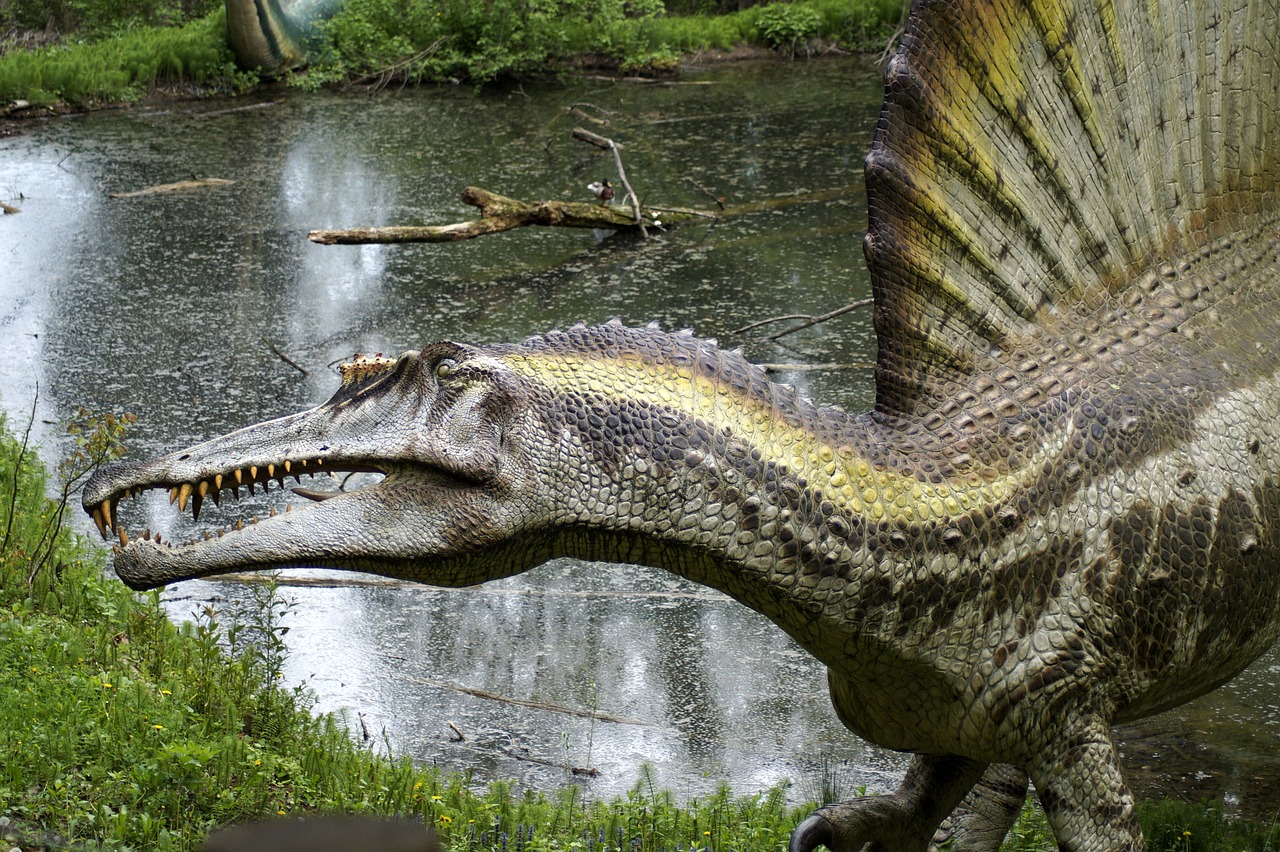
Extensive wetland systems crisscrossed the Mesozoic landscape, creating some of the most diverse and productive habitats on prehistoric Earth. These watery environments supported complex ecosystems where dinosaurs shared space with early mammals, crocodilians, and countless invertebrates. The rich, organic soils of these wetlands provided ideal conditions for plant growth and fossil preservation.
Hadrosaurs, or duck-billed dinosaurs, were particularly well-adapted to these environments, with their specialized teeth perfect for processing tough aquatic vegetation. The constant water supply and abundant food sources made wetlands crucial nursery areas for many dinosaur species. These habitats also served as highways for dinosaur migration, connecting different regions across the supercontinent.
Seasonal Migrations: Following Ancient Weather Patterns
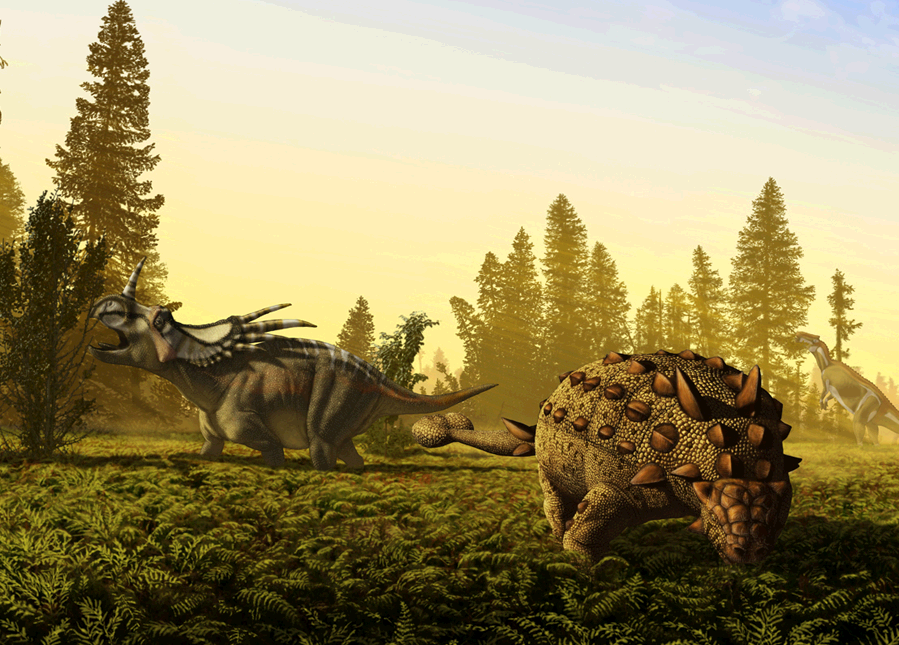
Just like modern animals, many dinosaurs followed predictable seasonal patterns, migrating vast distances to find food, water, and suitable breeding grounds. The continental scale of Pangaea meant that these migrations could span thousands of miles, creating some of the most spectacular wildlife movements in Earth’s history.
Fossil trackways reveal evidence of massive herds of sauropods moving across ancient landscapes, following established routes that connected seasonal habitats. These migrations weren’t just random wanderings but sophisticated responses to environmental changes that demonstrate the complex behavioral abilities of dinosaurs. The scale of these movements would have shaped entire ecosystems along migration routes.
Polar Paradox: Dinosaurs in the Ancient Arctic

Perhaps the most surprising aspect of dinosaur habitats was their presence in polar regions that, while warmer than today, still experienced months of darkness and cold temperatures. These polar dinosaurs developed remarkable adaptations to survive in environments that challenged every aspect of their physiology and behavior.
Species like Leaellynasaura in ancient Australia developed enlarged brains and enhanced sensory capabilities to navigate the polar night. The discovery of dinosaur fossils in Alaska and Antarctica has revolutionized our understanding of these creatures’ adaptability. These polar populations may have hibernated, migrated, or developed unique metabolic strategies to survive the harsh conditions.
Underground Networks: Burrowing Dinosaurs and Their Subterranean World
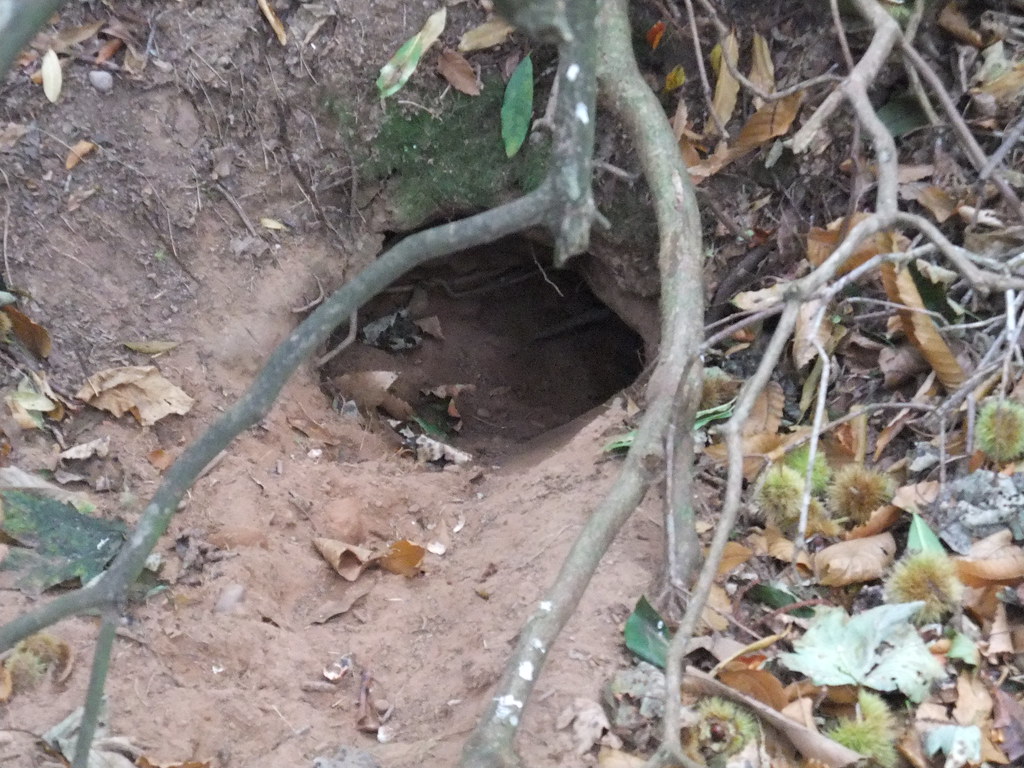
While most people imagine dinosaurs as surface dwellers, fossil evidence reveals that some species developed sophisticated burrowing behaviors, creating extensive underground networks that provided shelter and protection. These subterranean habitats were crucial for survival during extreme weather events and provided safe spaces for raising young.
Dinosaurs like Oryctodromeus created elaborate burrow systems that could extend several meters underground, complete with nesting chambers and escape routes. These underground habitats maintained stable temperatures and humidity levels, creating microenvironments that supported unique ecosystems. The discovery of fossilized burrows has opened new windows into dinosaur behavior and social structures.
Volcanic Landscapes: Surviving in Fire and Ash
The Mesozoic Era was marked by intense volcanic activity that created both challenges and opportunities for dinosaur populations. Volcanic landscapes might seem inhospitable, but they actually supported unique ecosystems that some dinosaurs learned to exploit. The mineral-rich soils created by volcanic ash supported lush vegetation, while hot springs and geothermal features provided warm refuges.
Dinosaurs living near active volcanoes developed strategies for surviving periodic eruptions, including behavioral adaptations for detecting and avoiding volcanic hazards. These dynamic environments created selective pressures that drove rapid evolution, leading to some of the most specialized dinosaur species. The periodic destruction and renewal of volcanic landscapes created a constant cycle of ecological opportunity.
Island Chains: Evolutionary Laboratories in Ancient Seas
As Pangaea broke apart, numerous island chains emerged from the rising seas, creating isolated evolutionary laboratories where dinosaurs developed unique characteristics. These island habitats were like natural experiments in evolution, where small populations of dinosaurs adapted to limited resources and specific environmental challenges.
Island dinosaurs often evolved unusual body sizes, with some species becoming giants while others became dwarfs compared to their mainland relatives. The isolation of these habitats led to the evolution of endemic species found nowhere else on Earth. These island ecosystems were incredibly fragile, making them vulnerable to environmental changes and extinction events.
River Valleys: Highways of Prehistoric Life
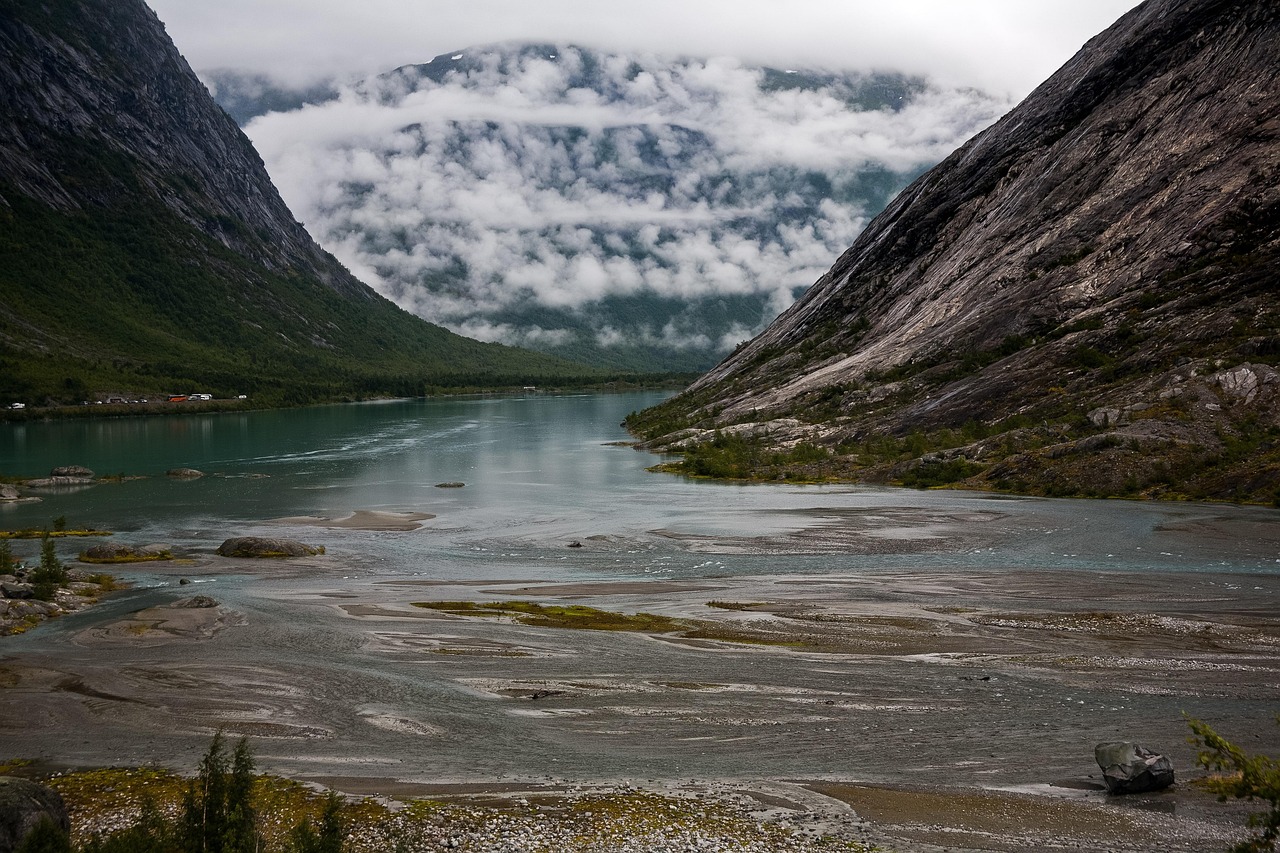
Major river systems carved through the Mesozoic landscape, creating verdant corridors that supported some of the highest dinosaur diversity on the planet. These river valleys were like green highways that connected different habitats and facilitated genetic exchange between populations. The constant flow of water and sediment created dynamic environments that were always changing.
The fertile floodplains of these river systems supported massive herds of herbivorous dinosaurs, which in turn attracted predators and scavengers. These valleys were also crucial for fossil preservation, as regular flooding buried dinosaur remains in sediment layers that would eventually become our most important fossil sites. The rhythm of flooding and drought created seasonal patterns that shaped dinosaur behavior and ecology.
Cave Systems: Hidden Worlds Beneath the Surface
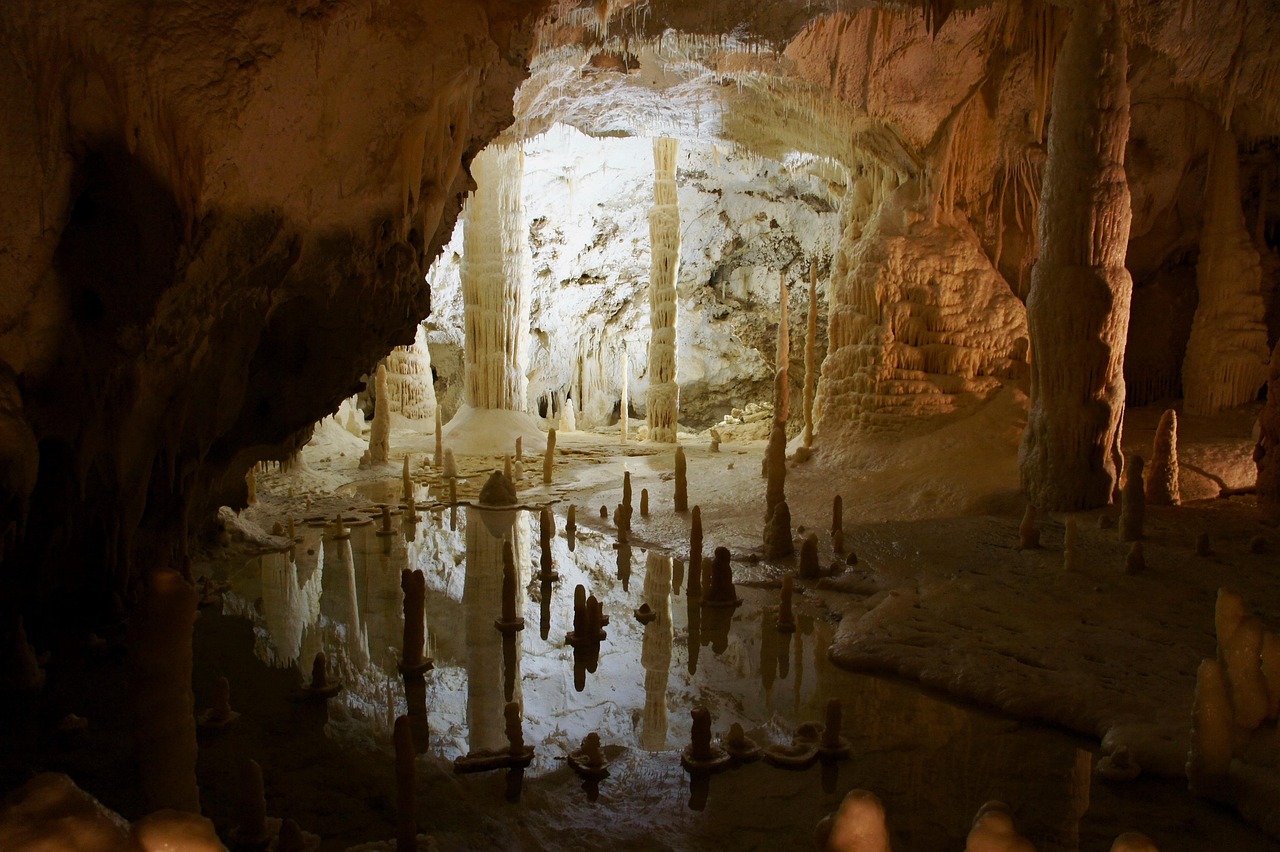
Extensive cave systems provided dinosaurs with shelter from extreme weather, predators, and environmental disturbances. These underground habitats were more than just hiding places; they were complex ecosystems that supported specialized communities of dinosaurs and other organisms. The stable temperatures and humidity levels in caves created unique microenvironments.
Some dinosaurs may have used caves for hibernation during harsh seasons, while others utilized them as secure nesting sites. The discovery of dinosaur fossils in cave deposits suggests that these environments played important roles in dinosaur ecology. These hidden worlds beneath the surface added another dimension to the diversity of dinosaur habitats.
Lakeside Communities: Freshwater Oases
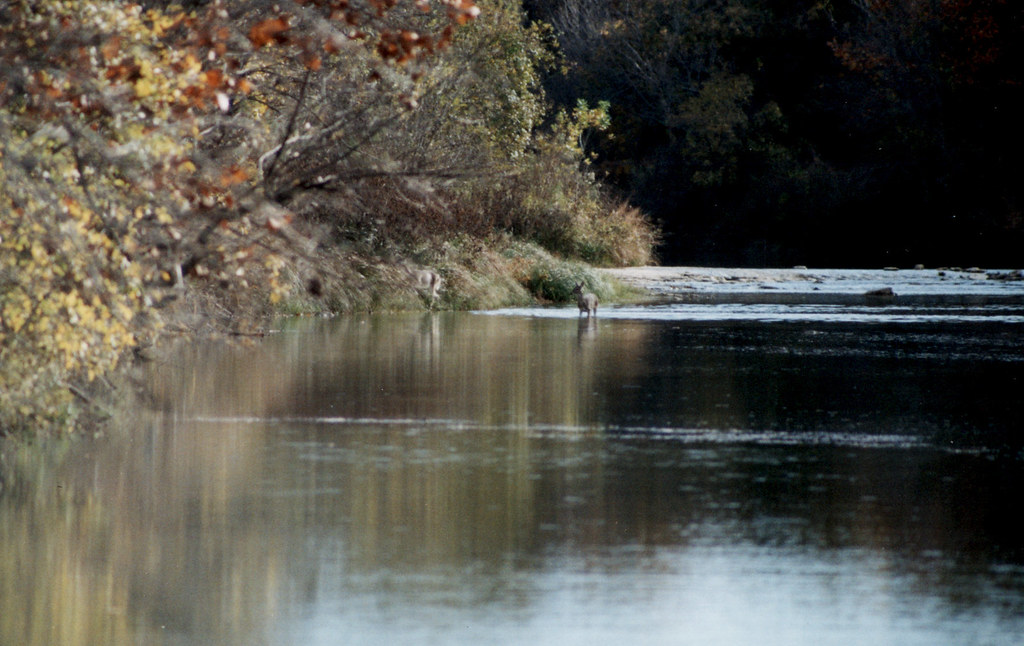
Large freshwater lakes dotted the Mesozoic landscape, creating oases of life that supported incredibly diverse dinosaur communities. These aquatic habitats were meeting places where different species converged to drink, feed, and socialize. The edges of these lakes were like ancient amphitheaters where the drama of prehistoric life played out daily.
Many dinosaur species developed specialized adaptations for life around these freshwater environments, including enhanced swimming abilities and modified feeding strategies. The rich sediments at the bottom of these lakes have preserved some of our most detailed dinosaur fossils, complete with skin impressions and other soft tissues. These lakeside communities were crucial for understanding dinosaur social behavior and ecology.
Forest Clearings: Natural Amphitheaters of Dinosaur Drama

Natural clearings in the dense Mesozoic forests created open spaces where dinosaurs could gather, court, and compete for resources. These clearings were like prehistoric town squares where different species interacted in complex ways. The open areas provided opportunities for displaying behaviors that would have been impossible in dense forest environments.
Many of the most dramatic dinosaur encounters likely occurred in these forest clearings, where predators ambushed prey and rival males fought for territory. The varied microhabitats within and around these clearings supported different species with complementary ecological roles. These natural amphitheaters were stages for the most spectacular moments in dinosaur evolution.
The world of dinosaur habitats reveals a planet far more diverse and dynamic than we often imagine. From the scorching deserts where lean predators stalked their prey to the lush forests where giants browsed among the treetops, dinosaurs conquered every environment our planet could offer. Their success across such varied landscapes demonstrates an adaptability that allowed them to dominate Earth for over 165 million years. These ancient ecosystems weren’t just backdrops for dinosaur life—they were active participants in shaping the evolution of the most successful vertebrates in Earth’s history. What other secrets might these prehistoric worlds still hold for us to discover?

